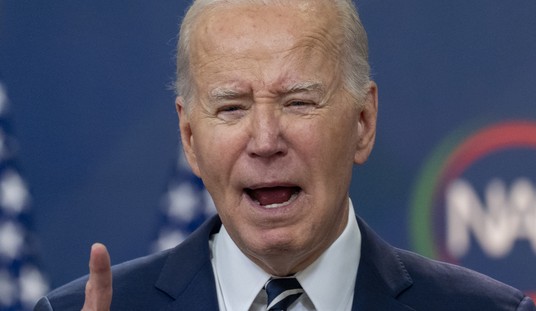Nothing like one publicly funded organization “fact checking” another.
Bush is right that Planned Parenthood receives $500 million a year in government funding — or, to be more exact, $528 million last year, according to Planned Parenthood’s latest annual report.
That totals more than 40 percent of Planned Parenthood’s total $1.3 billion in revenue for the year, which suggests that the organization would be in some heavy financial trouble without that public funding.
What programs are funding that money?
Those public funds come from two programs: Medicaid, the health care program targeted at lower-income Americans, and Title X, a federal family planning program that likewise primarily serves lower-income Americans. The overwhelming majority of federal funding to Planned Parenthood comes from Medicaid — 75 percent, according to a Planned Parenthood spokesman.
Not all of the public funds Planned Parenthood receives are federal spending, however. While Title X is a federal program, Medicaid operates using federal and state funds. States receive a 90 percent federal reimbursement on Medicaid family planning spending, for example. So when Washington politicians talk about “defunding” Planned Parenthood, they generally mean cutting off federal money. States could continue to spend as they please.
How does Planned Parenthood actually use those government dollars?
Abortion is driving the defund-Planned-Parenthood discussion in the wake of undercover videos from the anti-abortion-rights Center for Medical Progress. The group says its videos show Planned Parenthood officials discussing the sale of fetal tissue and have sparked a political firestorm. Planned Parenthood, for its part, says it does not sell fetal tissue and claims these transactions were donations.
However, abortions are actually not a big part of what Planned Parenthood says it does — 3 percent of the services it provided last year were abortion-related, according to the organization’s annual report. (For a sense of the scope of that, abortions accounted for about 328,000 of the group’s nearly 10.6 million services provided last year.)
It gets tricky here for a second. The author does mention that this 3% figure is arrived at by some creative accounting. It then moves on as if it never mentioned anything. In the “a picture is worth a thousand words” department, the only graphic provided is–get this–Planned Parenthood’s chart, which is used to prop up the the 3% lie. It’s a subtle thing, but it’s still a thing.
In another classic MSM ploy, it then delves into all that can go wrong using an inconclusive examination of the bill by the Congressional Budget Office. The negatives are listed very specifically and take up a lot of space in the article. but the disclaimer is quick and at the end.
To be clear, the CBO didn’t come to a firm conclusion on whether more or less spending is more likely.
However, it’s important to remember that these bills could only cut federal funds. States could still spend money to help Medicaid consumers, for example, use Planned Parenthood services.
Had it concluded there, all may have been well. The wrap-up, however, got back to abortion-rights advocates’ talking points.
Of course, without federal reimbursement, it could make those services much more expensive for those states. Abortion-rights advocates also argue that redirecting funding to other clinics could limit lower-income Americans’ access to family planning services, as other clinics may not have the capacity to handle the new customers, for example.
This is deft, old-school bias: pretend you’re presenting both sides but make sure one side is really, really presented.









Join the conversation as a VIP Member